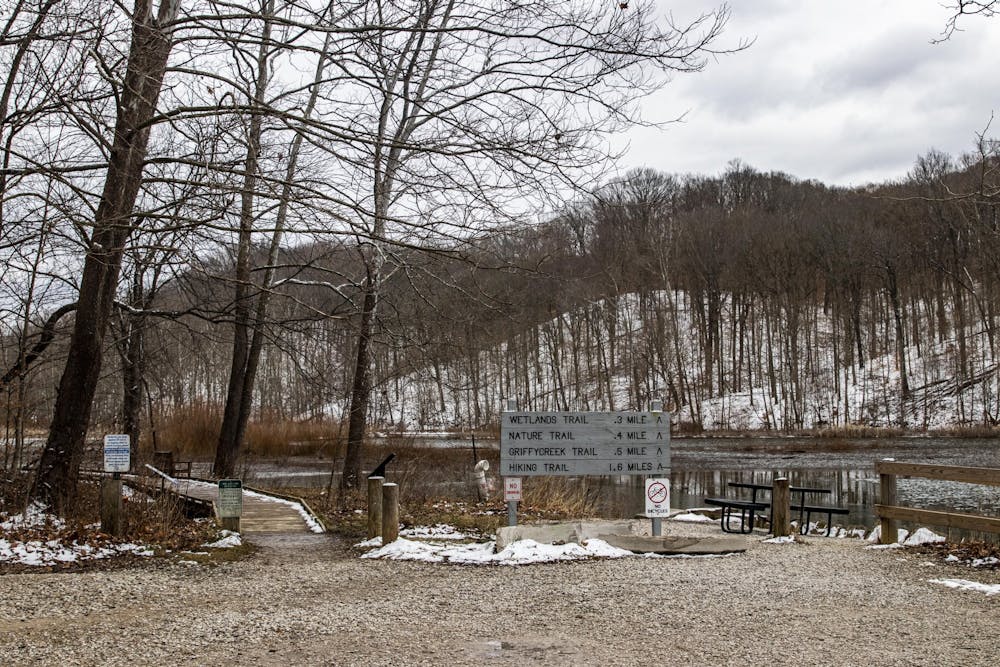Indiana has more to offer than cornfields when it comes to natural landscapes. The forests and lakes scattered across the state are stunning and can promote ecotourism.
Through the creation of spaces dedicated to conservation and preservation, Indiana can protect its native plants and wildlife and profit from the tourism it draws to the area. Because of the pandemic, it is even more important that the state invests in activities that allow for social distancing.
Indiana’s natural landscapes can be beneficial for wildlife and for people to experience nature. Native species are essential to keep the ecosystem balanced and healthy. The native plants provide for pollinators and are food sources for many species, according to the Indiana Wildlife Foundation. By preserving the native species in the area, Indiana can diminish the damage done by various invasive species to the area.
Invasive species in Indiana can damage entire forests and lakes by overtaking the natural environment. By focusing on reinvesting in native species, we can destabilize the invasive species and preserve the natural environment.
Bloomington has contributed to the development of natural spaces through ecotourism. The city has an entire page on the Visit Bloomington website dedicated to outdoor and recreational spaces, including lakes, hiking trails and other nature preserves.
The COVID-19 pandemic has been an obstacle for Bloomington’s tourism industry, but natural spaces here in Bloomington helped to revive tourism, Mike McAfee, executive director at Visit Bloomington, said.
“The tourism industry really came to a halt with not as many IU things happening and so many of the events canceled across the area,” McAfee said. “This fall, people were really looking for less dense spaces and places where they could get away from other people, private cabins and guesthouses, and we have a lot of that to offer and we were promoting that so we had a lot of success.”
Bloomington has excelled at the promotion and marketing of natural spaces, making it easy for people to plan trips to the area.
Other areas in Indiana such as Cataract Falls and Brown County State Park have a lot to offer when it comes to outdoor spaces, but are lacking adequate advertising and advancement of these spaces. Bloomington has made natural spaces part of the forefront of the tourism industry of the city.
“We actually had more people on our website this fall during this crazy year of COVID than we did in the fall of 2019,” McAfee said. “There was a lot of interest in Bloomington and Monroe County as a destination for people who were trying to get away from the big cities and were trying to escape dense areas and be outside.”
More places in Indiana need to adopt an outlook similar to Bloomington’s to not only preserve these natural spaces, but also to provide an experience for people who want to be out in nature.
Bloomington should be an example of how to jumpstart the ecotourism industry in the state, as it continues to expand its ecotourism industry.
Indiana is a beautiful place and is often overlooked because of the lack of investment in our natural spaces. There are lakes and rivers and waterfalls, forests and trails and campsites, and cabins and parks and preserves are all across the state. If we took the time to promote these spaces, we would not only create places to enjoy and study nature, but also places where people can connect.
Aidan Kramer (she/her) is a freshman studying microbiology. She hopes to pursue a career in medicine after she graduates.






